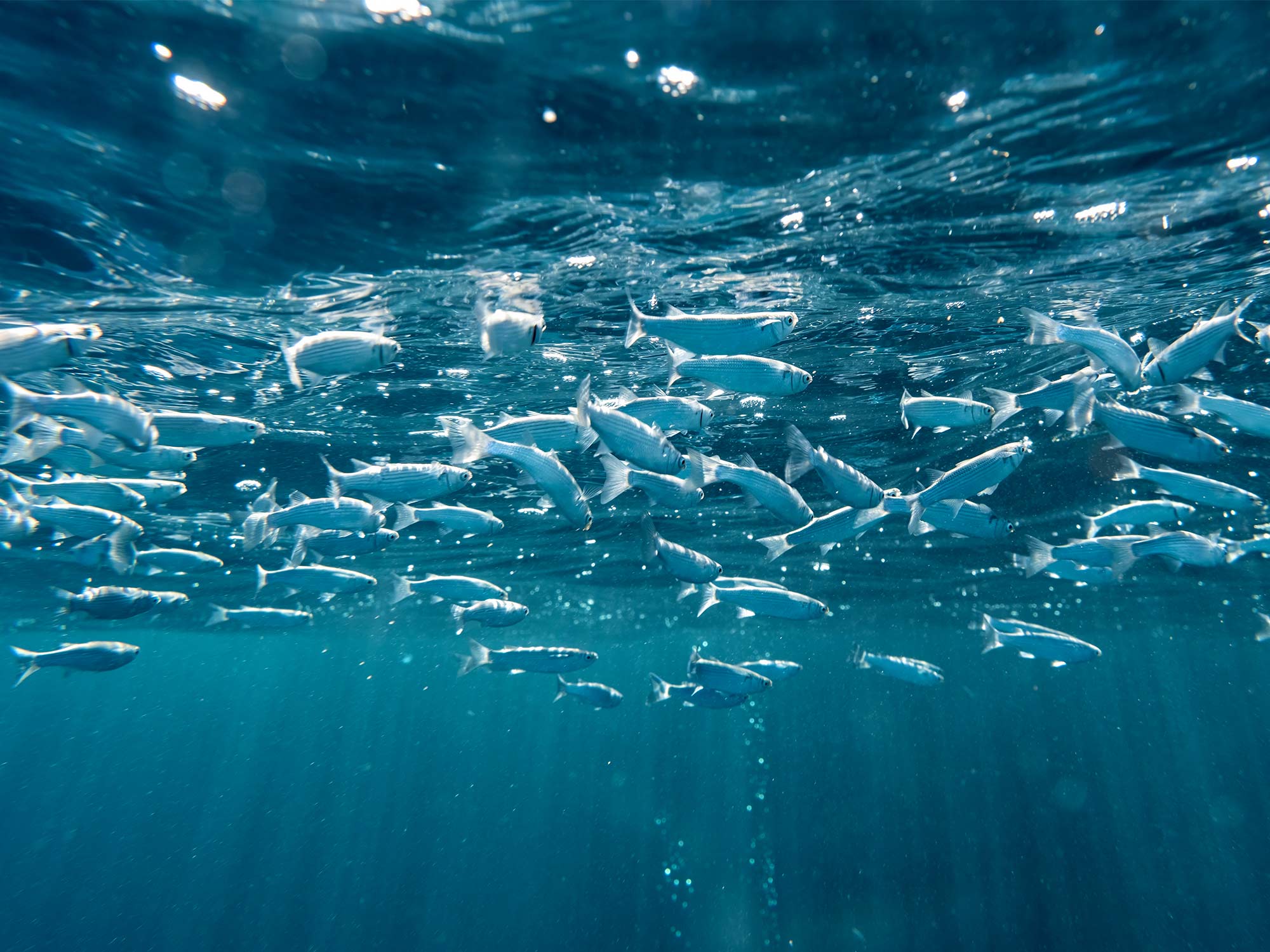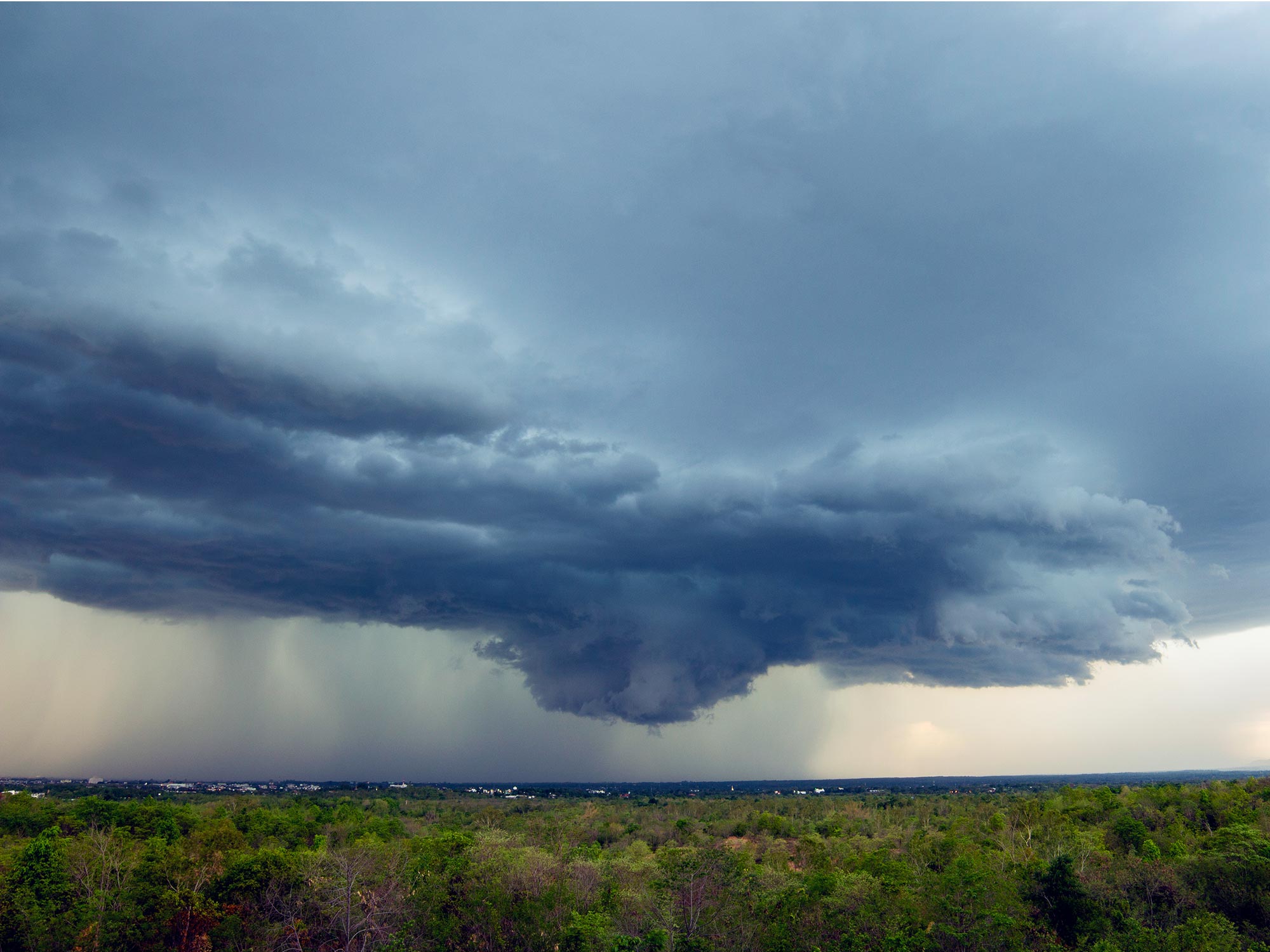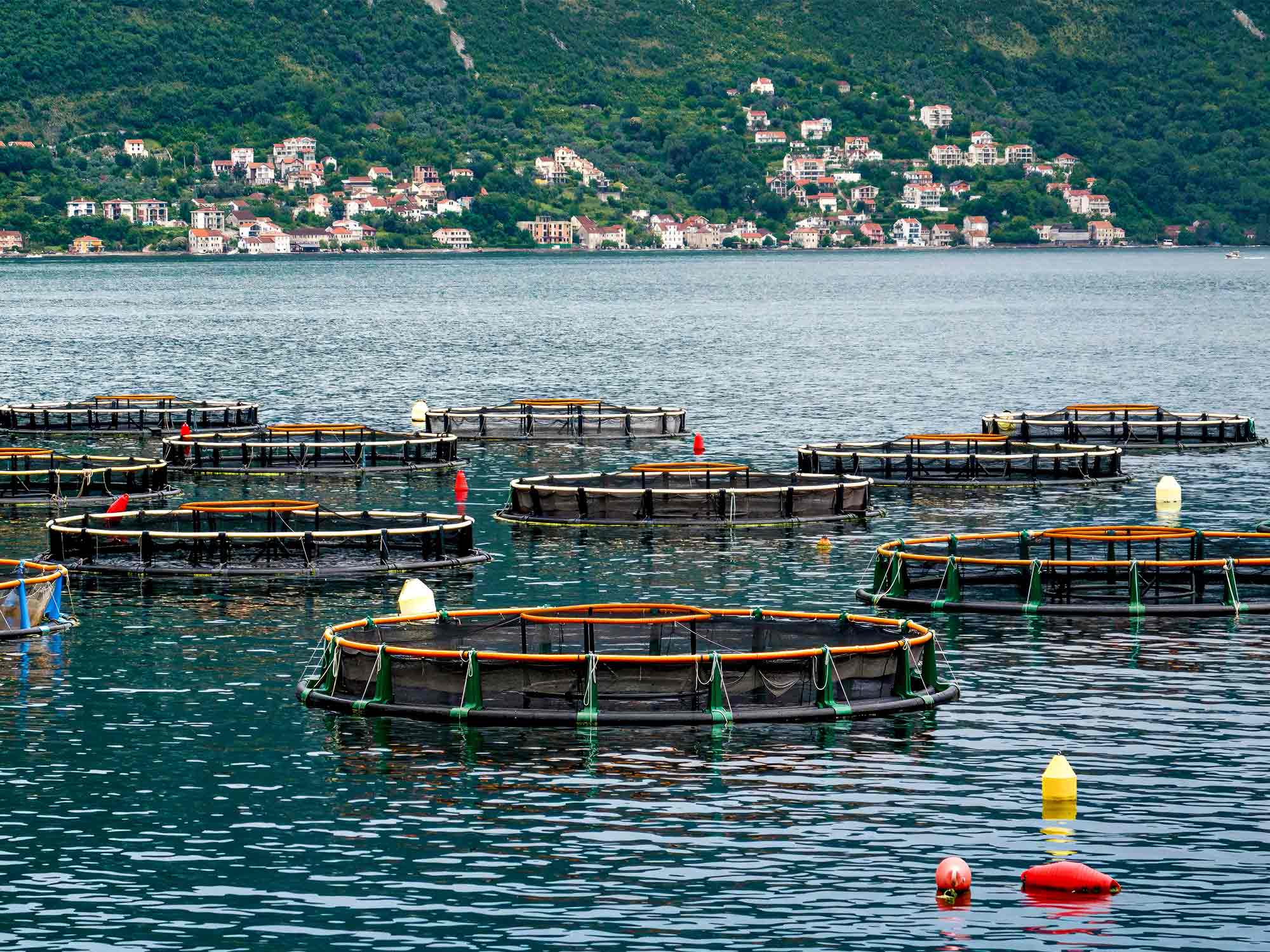The ocean is the heart of the Earth. Covering more than 70% of the planet’s surface, it plays essential roles such as producing oxygen, absorbing carbon, and providing food.
Beyond simply being a source of water, the ocean protects Earth’s ecosystems and maintains climate balance. However, with industrialization, humanity became dependent on fossil fuels, and the resulting climate change now threatens the sea. In recent decades, rising greenhouse gases in the atmosphere have forced the ocean to absorb excessive amounts of heat. This warming has rapidly accelerated ocean acidification, leading to ecosystem collapse and extreme weather events.
On the 9th, the Plymouth Marine Laboratory in the UK and the U.S. NOAA (National Oceanic and Atmospheric Administration) published a paper in the international journal Global Change Biology stating that by 2020, about 60% of the global ocean within 200 meters depth had already fallen below the planetary safety boundary for pH levels. [1]

In particular, unusually high sea temperatures persisting for long periods in certain regions have become more frequent worldwide, affecting fisheries and coastal economies. Scientists define these events as Marine Heatwaves.
Invisible Flames: Marine Heatwaves
A marine heatwave is when sea surface temperatures remain abnormally high compared to the long-term average, usually lasting more than five days above normal. According to NOAA’s analysis, the frequency and intensity of these heatwaves are increasing every year across the global ocean. [2]
Record-breaking marine heatwaves were observed in 2024 and 2025. Following the highest recorded sea surface temperature in 2024, as of 2025, about 21% of the world’s oceans are experiencing marine heatwaves—particularly severe in parts of the North Atlantic and Pacific. [3]

Why is the Ocean Heating Up?
The main driver of marine heatwaves is climate change. More than 90% of the world’s oceans are storing additional heat due to climate change, causing overall ocean temperatures to rise. Natural phenomena like El Niño and La Niña further prolong unusually high sea temperatures in specific regions. In addition, when high-pressure systems linger over the atmosphere or ocean currents shift, heat release from the sea surface is suppressed, worsening the problem. These combined factors mean that marine heatwaves are no longer just occasional events but have become a recurring climate pattern throughout the year. [4]

The Impacts of Marine Heatwaves
Marine heatwaves are invisible yet silently, and increasingly, threatening humanity. Their impacts extend from ecosystems to societies at large.
Ecosystem Collapse
Marine ecosystems are the hardest hit. In 2016, a marine heatwave caused 29% of coral reefs in Australia’s Great Barrier Reef to die. Elevated sea temperatures trigger coral bleaching, which leads to mass mortality. [5]
Mass die-offs of fish, shellfish, and marine mammals also occur, disrupting the food chain. Cold-water fish species are migrating northward, damaging regional fisheries and threatening global food security.

Extreme Weather
From a climate perspective, warmer oceans provide more energy for typhoons and hurricanes. The scale of hurricane damage has been intensifying. For instance, Hurricane Ian in 2022 caused storm surges that rose up to 4.5 meters (about 15 feet) in Fort Myers Beach, Florida, flooding homes, destroying many buildings, and causing unprecedented devastation. Marine heatwaves fuel stronger typhoons and Hurricanes, increase extreme weather events, and raise the frequency of disasters like floods and storm surges. [6]

Economic Damage
Economically, marine heatwaves cause massive losses in coastal fisheries and aquaculture. From 2014 to 2016, fish populations off the U.S. West Coast declined sharply due to marine heatwaves, forcing fisheries to close for over three years to allow stocks to recover. Similarly, Peruvian anchoveta fishery, one of the world’s largest, canceled its 2023 fishing season entirely. These examples show that marine heatwaves are not only environmental issues but also direct threats to global food security and economies. [7]

Protecting the Ocean
Scientists predict that even if the 1.5℃ target above pre-industrial levels is achieved, marine heatwaves will still occur four times as often as today. [8]
To address this, the international community must expand marine protected areas, restore ecosystems, and prepare coastal climate adaptation plans. Preventing pollutants such as plastics from entering the oceans is also crucial to strengthening marine resilience.
Notably, the ASEZ (University Student Volunteer Group of the World Mission Society Church of God) has launched the “ABC (ASEZ Blue Carbon)” project. This initiative contributes to restoring weakened marine ecosystems by preserving sea forests (such as seagrass beds, mangroves, and salt marshes). As part of ABC, ASEZ has conducted about 200 marine ecosystem cleanups and awareness campaigns across 27 countries, serving as a practical model for marine heatwave response. [9]
In addition, ASEZ’s “Zero Plastic 2040” campaign aims to eliminate plastic pollution by 2040, removing plastics from oceans worldwide to help protect ecosystems.
Marine heatwaves are like invisible flames in the sea. Scientists are raising their voices in unison, warning of the dangers. If we do not act now, this unseen crisis may soon become a visible catastrophe. The answer lies in togetherness. Only when individuals and societies join forces can we protect the ocean, the cradle of life.
